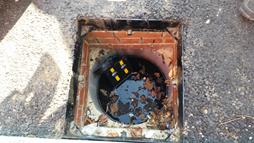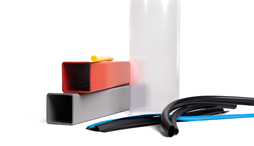Naylor Smart Sponge® aids environmental protection as station reopens
23-04-2019
Visit the Naylor Industries website for more information on Naylor Smart Sponge® aids environmental protection as station reopens






